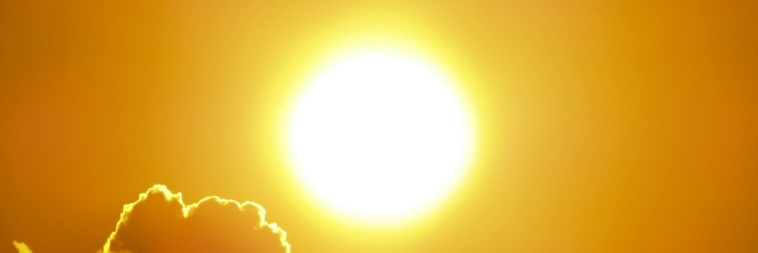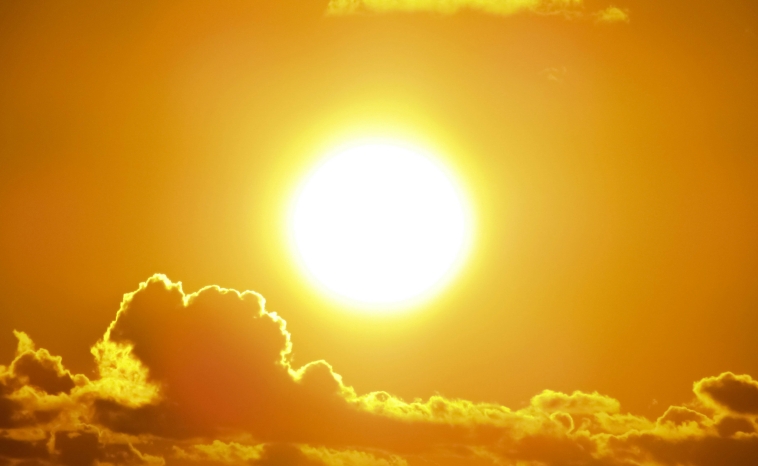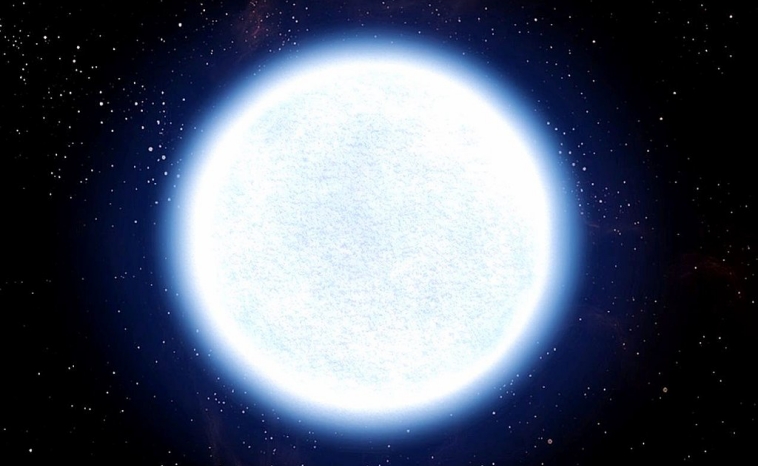What If the Sun Was a Different Kind of Star?

What if the Sun was a different kind of star, like a red dwarf or a blue giant? Discover how different star types would change life on Earth!
The Sun is the heart of our solar system, providing the light and warmth necessary for life on Earth. As a yellow dwarf star, it’s relatively stable, with a lifespan of around 10 billion years. But what if the Sun was a different kind of star? How would this change our planet, the Solar System, and even the possibility of life itself? Let’s explore some fascinating alternate realities where our Sun takes on a different form!

What If the Sun Were a Red Dwarf?
Red dwarfs are the most common type of star in the universe. They are smaller, cooler, and much dimmer than our Sun. A red dwarf Sun would have dramatic consequences for Earth:
- Lower temperatures: Since red dwarfs emit less energy, Earth would likely be too cold to sustain liquid water in its current orbit. To stay warm, our planet would have to be much closer to the star—perhaps even closer than Mercury is to the Sun now.
- Tidal locking: If Earth were close enough to a red dwarf to sustain life, it could become tidally locked. This means one side would always face the star, creating extreme temperature differences between the permanent day and night sides.
- Longer lifespan: Red dwarfs burn their fuel much more slowly than yellow dwarfs, meaning a red dwarf Sun could last for trillions of years, vastly outliving our current Sun’s lifespan.
If the Sun were a red dwarf, life on Earth (if it existed at all) would have evolved under much dimmer, reddish light, with possibly extreme weather conditions caused by tidal locking.
What If the Sun Were a Blue Giant?

CREDIT: Baperookamo, CC BY-SA 4.0, via Wikimedia Commons
CREDIT: Baperookamo, CC BY-SA 4.0, via Wikimedia CommonsAt the other end of the spectrum, blue giants are enormous, extremely hot stars that burn through their fuel at an astonishing rate. If the Sun were a blue giant:
- Intense radiation: The sheer amount of energy from a blue giant would likely strip away Earth’s atmosphere, making it an inhospitable wasteland.
- Short lifespan: Blue giants burn bright and die young, typically lasting only a few million years before exploding in a supernova. That’s the blink of an eye compared to our Sun’s 10-billion-year life!
- Expanding habitable zone: Locations that are likely too cold for life right now, such as Jupiter’s moons (barring the possibility of subterranean oceans that could be heated by geothermal activity!), might become habitable in this scenario. However, any habitable zone would be extremely short-lived due to the star’s rapid evolution.
In this case, Earth as we know it would never have had the time to develop life before its blue giant Sun exploded in a cataclysmic event.
What If the Sun Were a Binary System?
Binary star systems, where two stars orbit a common centre of mass, are quite common in the universe. If our Sun had a twin, Earth’s experience would be very different:
- Unpredictable seasons: Depending on the type and distance of the second star, our seasons could be wildly erratic, making it difficult for life to adapt.
- Multiple sunrises and sunsets: Depending on the orbit, Earth might experience double sunrises or extended periods of daylight – much like the fictional planet Tatooine in Star Wars!
- Increased gravitational interactions: A Sun 2 could influence planetary orbits, potentially making Earth’s orbit unstable or altering its axial tilt.
If the Sun had a binary companion, the complexity of planetary orbits could have prevented Earth from being in the stable habitable zone necessary for life.
Other Extreme Scenarios
Beyond these common star types, what if our Sun were something truly unusual?
- A pulsar: Pulsars are neutron stars that emit powerful beams of radiation as they spin. If our Sun were a pulsar, its intense radiation would make life on Earth impossible.
- A white dwarf: If the Sun had already gone through its full life cycle and become a white dwarf, Earth would be a frozen, lifeless husk drifting through space.
- A black hole: If the Sun somehow collapsed into a black hole, Earth wouldn’t be sucked in (contrary to popular belief), but the loss of sunlight would freeze the planet within weeks.
Final Thoughts – Why Our Sun Is Just Right!
Our yellow dwarf Sun is a perfect balance of stability, longevity, and warmth. It provides just the right amount of energy to sustain life while having a long enough lifespan to allow complex organisms (like us!) to evolve.
The universe is full of diverse stars, each shaping their solar systems in unique ways. Exploring these possibilities helps us appreciate just how special our own Sun truly is. So next time you look up at the sky, take a moment to marvel at the perfect star that makes life on Earth possible.
While the idea of living under a different kind of star is fascinating, we’re certainly lucky to have a Sun that supports life as we know it. But even though we can’t change the type of star at the centre of our solar system, we can still name a star for someone special!
Discover the OSR Gift Pack and name a star for a loved one today!

